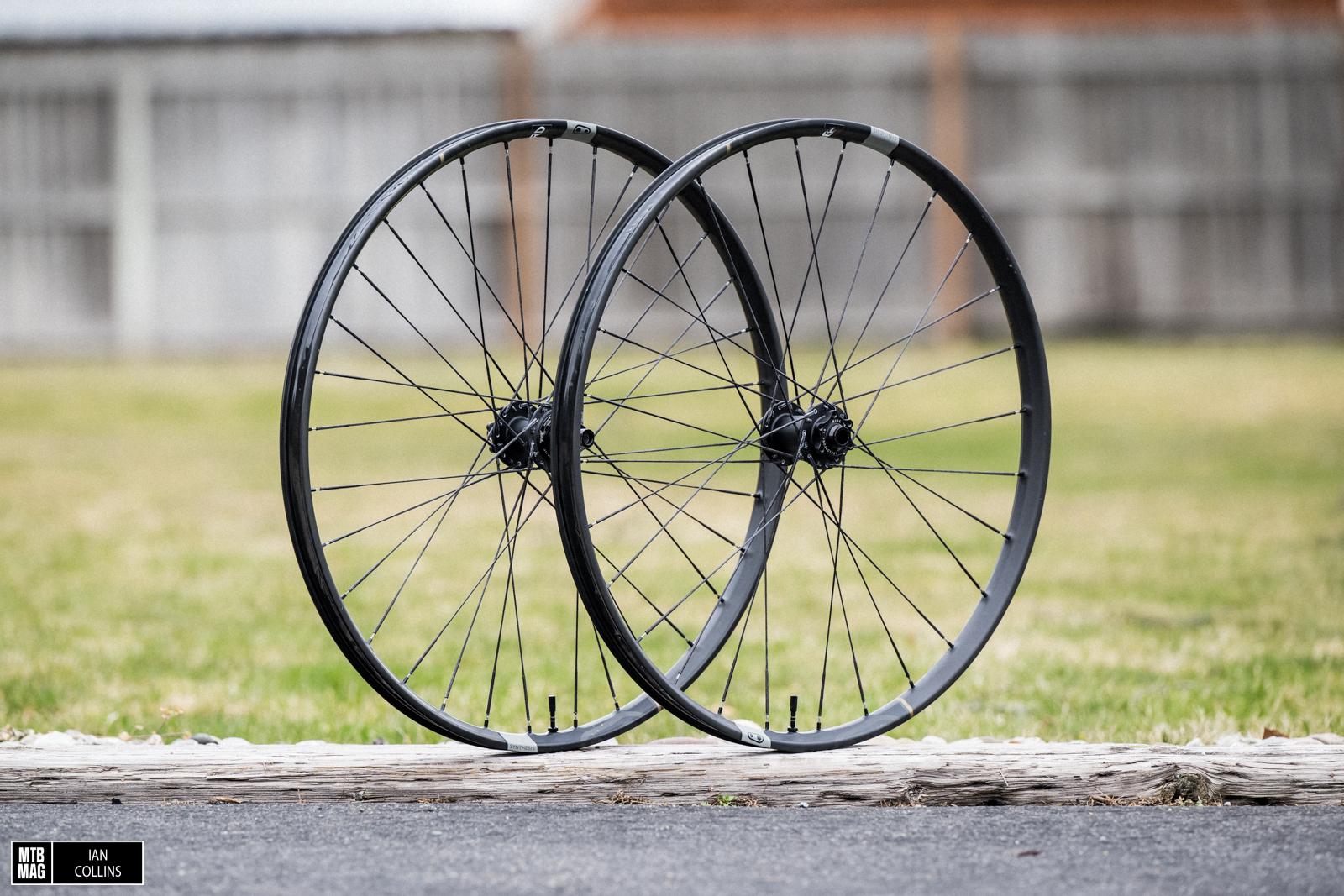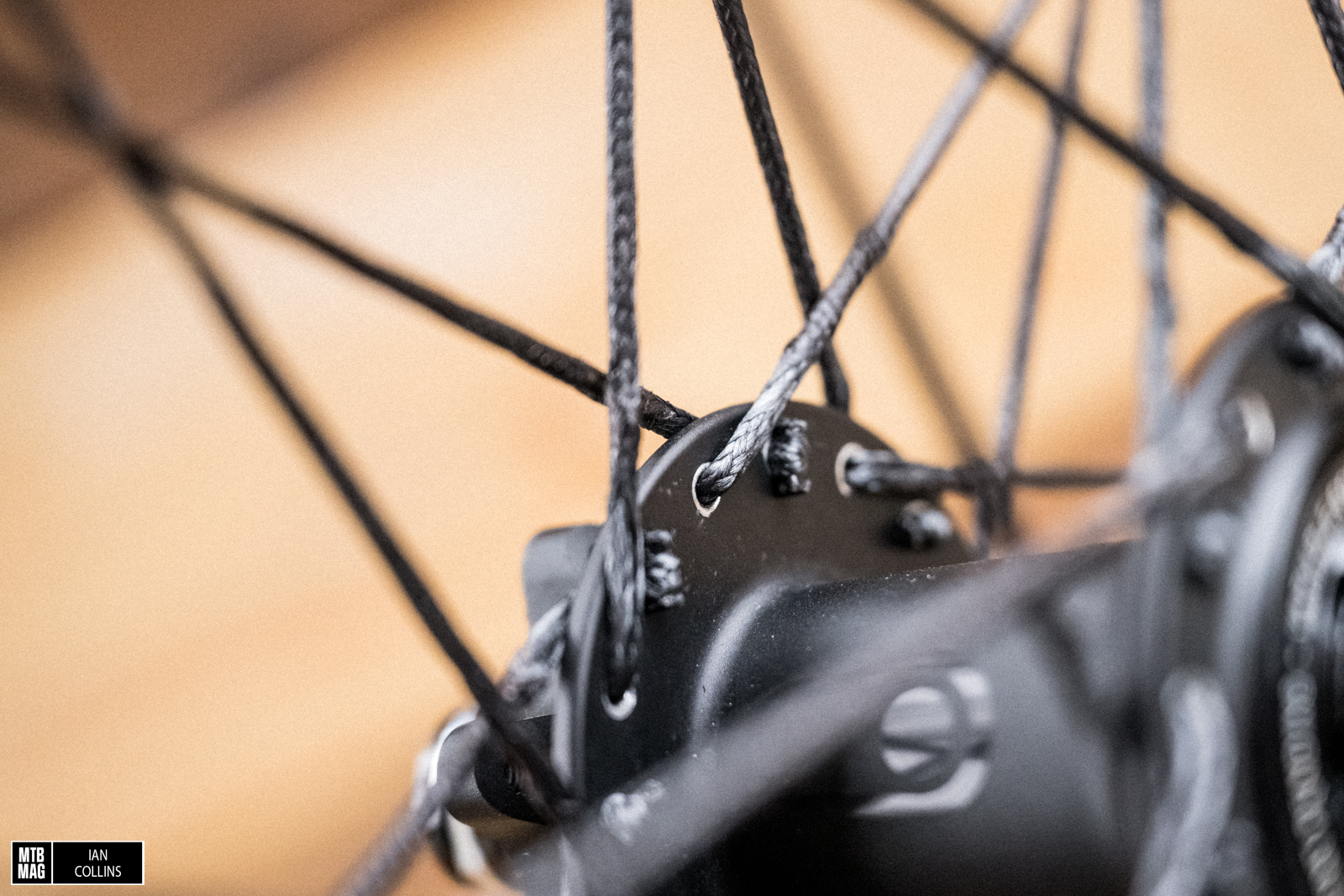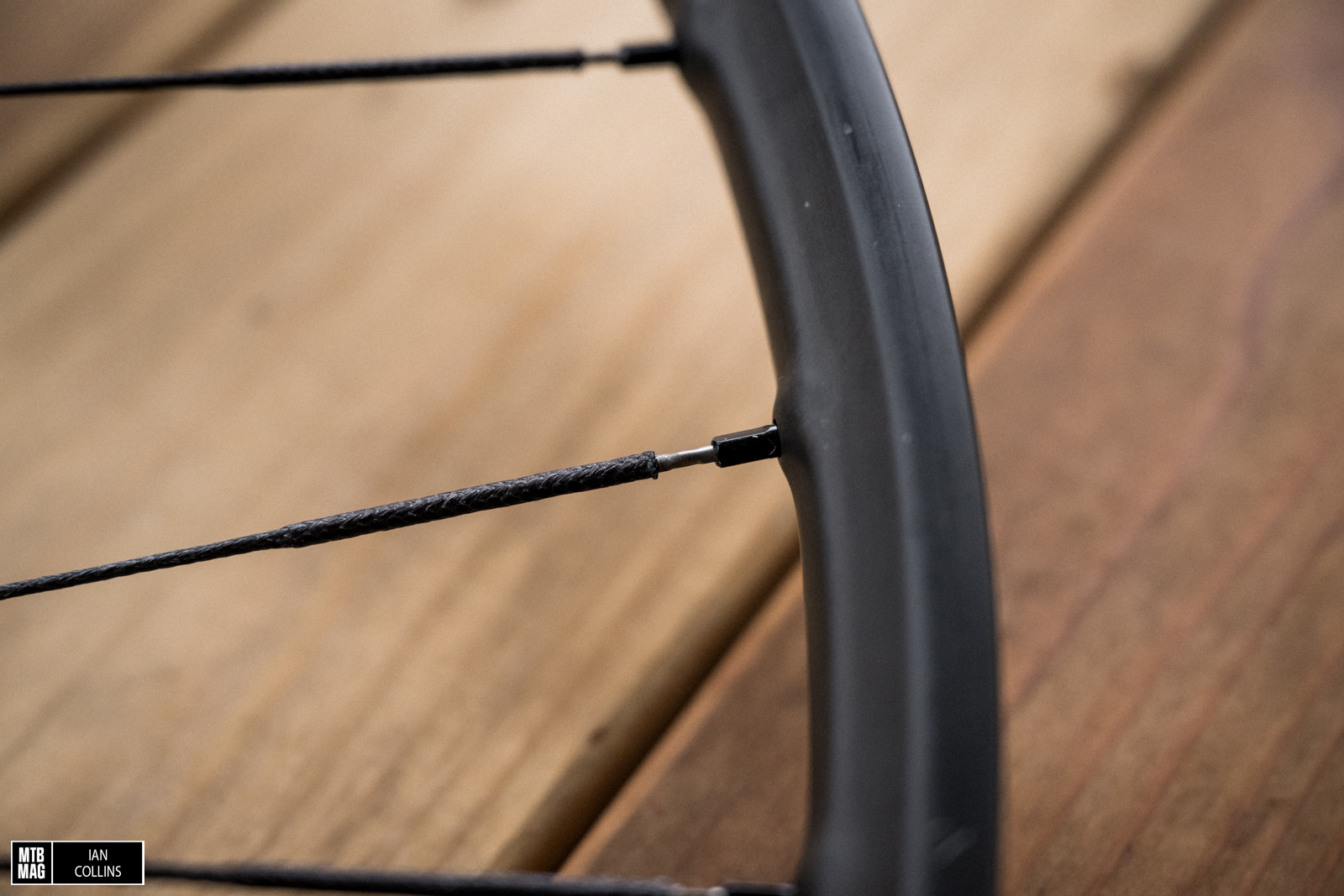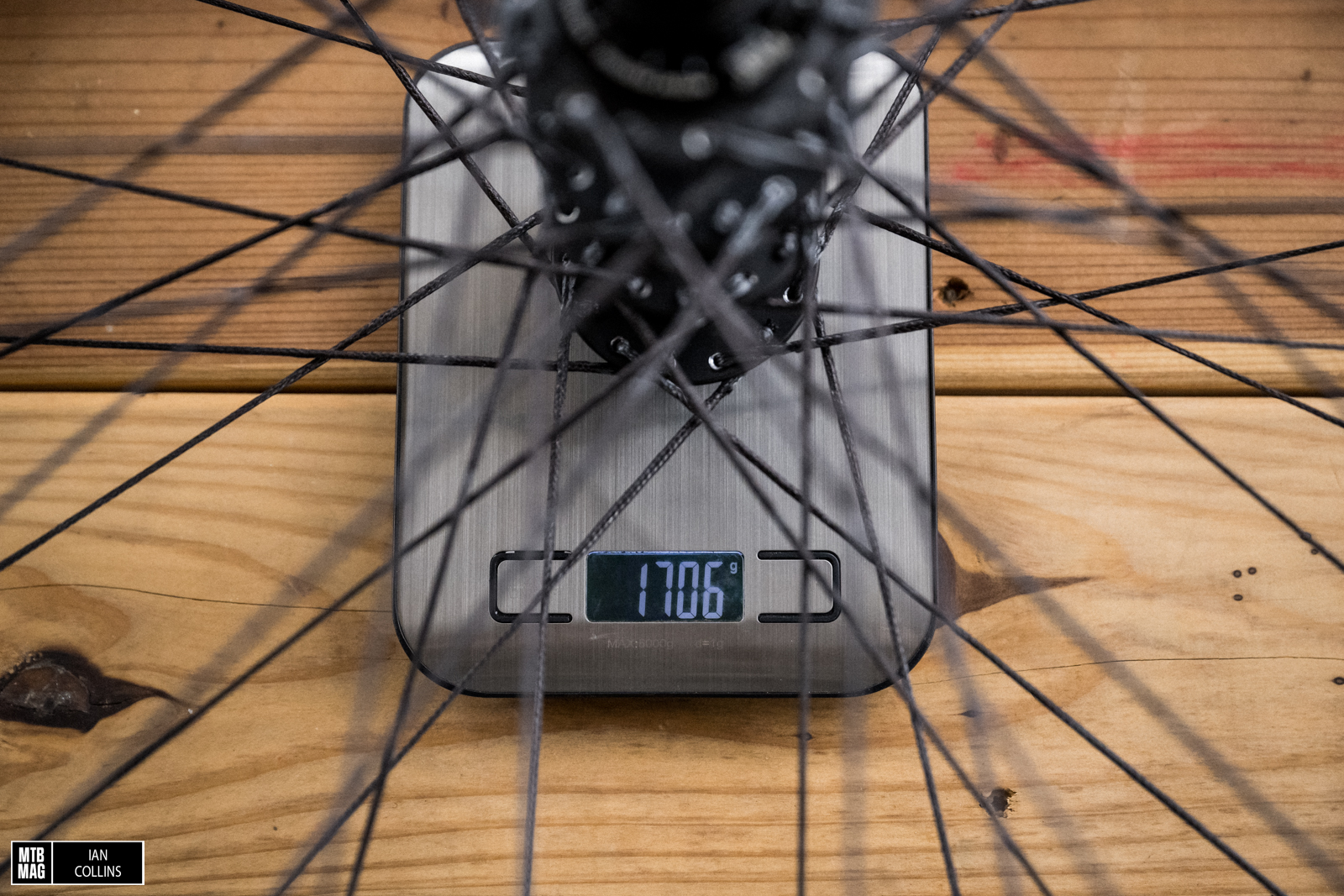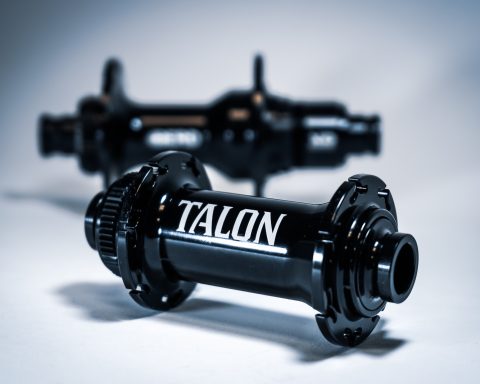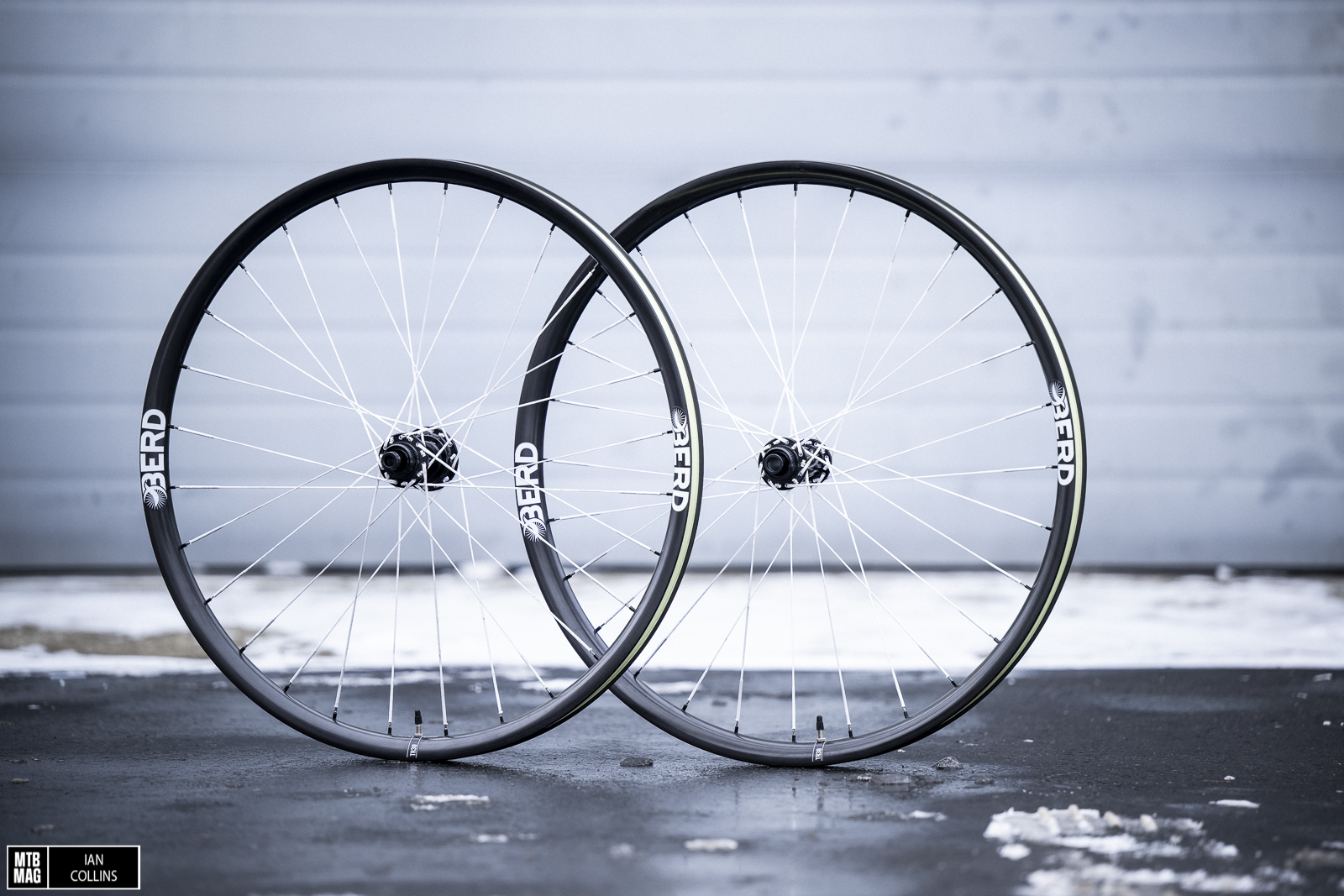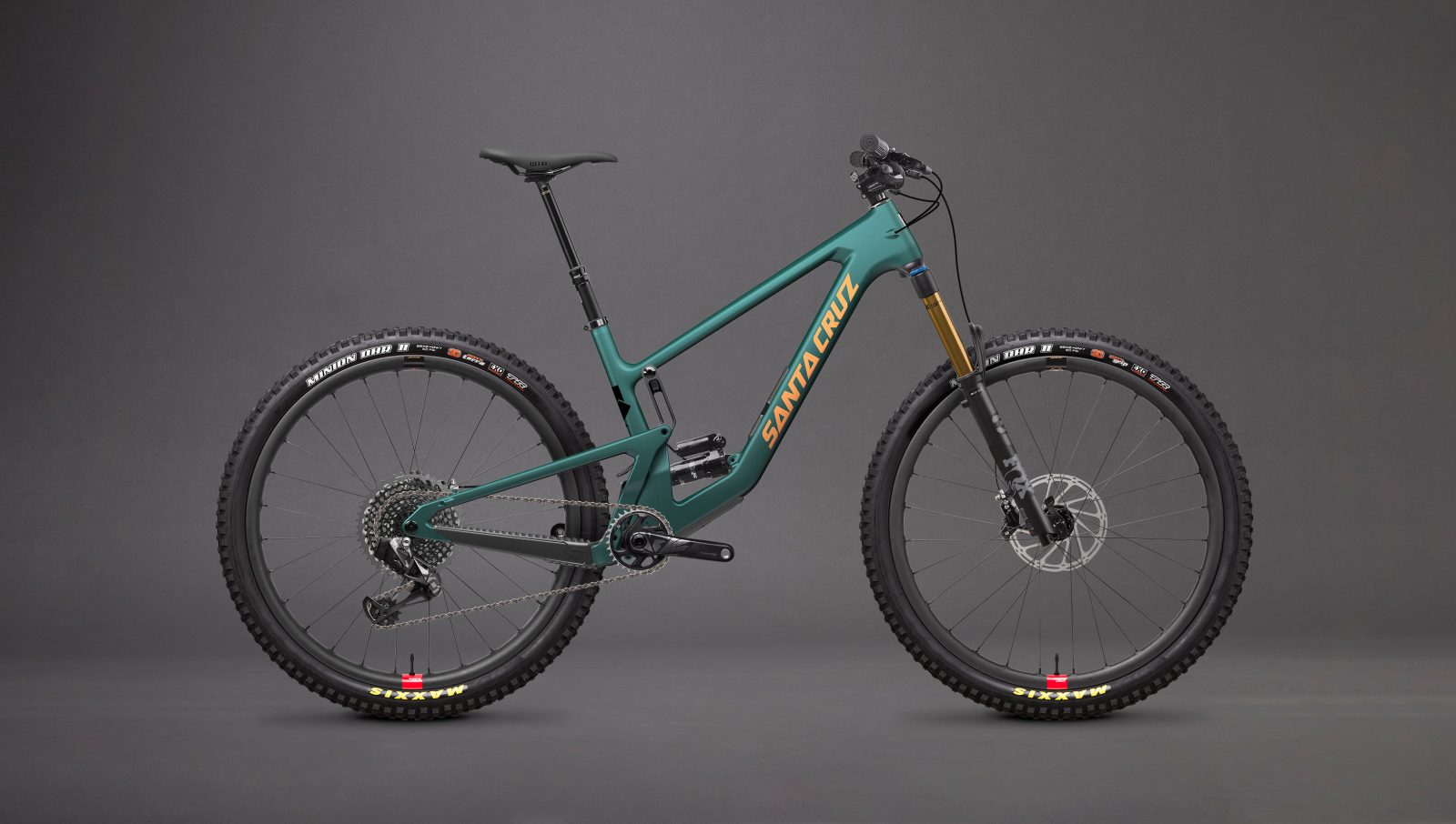A while back, I reviewed a set of very interesting and unconventional wheels from Berd. What made the wheelset unique was the fact that they are laced with fabric spokes – Ultra High Molecular Weight Polyethylene, to be more precise. Depending on wheel size and spoke count, Berd Spokes can save anywhere from 100-200 grams per wheelset, which is quite substantial given that it saves rotational weight. While you can read the full review here, one of my concluding sentiments was that it was a little difficult to parse out exactly what I was feeling on trail, and how much of that was due to the spokes themselves as opposed to the rims – which I was unfamiliar with. In short, I didn’t get an apples-to-apples comparison on the spokes themselves. That sentiment didn’t fall on deaf ears and for the sake of a more concise analysis, Berd graciously offered to re-lace my personal wheels with their spokes. After a few months of ripping around on my home trails, here’s a rundown on how they’ve worked out….
Details Berd Spokes Re-Lace Program
- Price: Starts at $450 and varies by spoke count
- Spoke color: white or black
- 5-Year Limited Warranty
- Fabric: Ultra high molecular weight polyethylene
- Nipples: Sapim’s aluminum 16mm Double Square Polyax with Secure Lock
- 100 – 200 grams weight loss – claimed, varies with spoke count/wheel size
Aside from the fact that my wheels came back with fabric spokes, the hubs received a touch of finish work. If you look closely at the spoke holes on the hub flange above, you can see a bit of raw aluminum exposed. Berd essentially buffs out and de-burrs the spoke holes by hand to ensure that there aren’t any rough edges chewing away at the fabric ends.
Central to Berd spokes is the fact that they do still use a short section of what is essentially a traditional spoke paired to a standard aluminum nipple as you can see in the photo above. There is a thin flat section on the metal portion, which allows you to keep it from spinning while you’re building/tensioning/truing the wheel. Another interesting aspect is that the woven fabric essentially works like a Chinese finger trap to grab ahold of the metal section.
Before sending my wheels to Berd they weighed roughly 1,850 grams and they came back at just a tick over 1,700. So with 60 spokes on a full 29″ wheelset I saved just about 150 grams, or 1/3rd of a pound. That’s a pretty substantial amount of weight to save on wheels and it tracks with their weight claims.
On the trail
Knowing that Berd’s spokes add some degree of give due to having more inherent flex – the brand claims a 200% increase in “compliance” – I was very curious to see how they’d work out on my personal wheelset. These particular crankbrothers Synthesis e11 wheels are designed to have a substantial amount of vertical give baked into them, but that attribute comes from the rim itself, not the wheel as a complete unit. Initially I was hesitant and worried that they might become too flexy, but that was not really the case…Long story short, I had a weird hunch that the Berd wheelset I tested prior had actually gained a great deal of rigidity from leaning on an overly stiff rim to offset the spokes’ flexy nature. This test proved that wasn’t true. Upon getting my wheels back, I could not detect any discernible difference in ride characteristics on the front wheel whatsoever. And out back, where a great deal more force is imposed on the wheel, I did notice an increase in side-to-side flex but it wasn’t a great deal by any means. While the exact amount of flex is hard to quantify, it wasn’t enough to turn me off or bother me.
All told, perhaps the biggest benefit is the decreased weight and thus increased efficiency on the climbs. ~1,700 grams for an Enduro rated wheelset is remarkably light and it’s worth noting that the Project 321 hubs central to this wheelset aren’t all that light, so I could still stand to shed weight with different hubs. Either way, long days in the saddle and nasty punches became noticeably easier. It felt roughly equivalent to switching to a lighter tire casing on at least one wheel, perhaps even two – again, it’s a metric that’s hard to quantify, but I felt it. Lastly, my wheels came back feeling just a little bit more alive, with less of a deadened feel, which was also a nice touch.
Overall
At the end of the day, Berd’s custom program is compelling but it isn’t for everyone. Having fabric spokes custom laced to your own hubs and rims is definitely a niche, boutique idea that will resonate most strongly with weight weenies – plain and simple. If you’re the type of rider who gets hung up on weight, shedding rotational weight is the smartest place to save weight and actually feel it. And so far, in my experience the spokes have held up well and taken a beating. As far as guidance regarding who this program would makes sense for, I would say that if you are a heavier rider or your wheels are already a little on the flexy side, then Berd spokes could push things over the edge and into the realm of being a bit too noodly. On the flip side of the coin, if you have a wheelset that is a bit too rigid (ENVE and Reserve rims come to mind) and you wish to increase their compliance while saving weight, this would be a perfect way to do so. All in all I have nothing negative to report about Berd’s custom lacing program or the spokes themselves, other than the pricey nature. They may not be for everyone, but some riders will certainly appreciate them.

